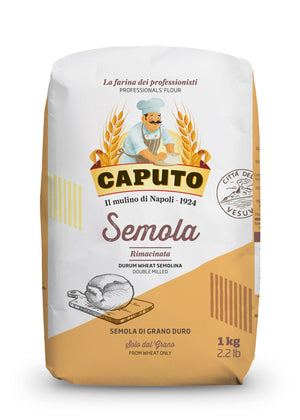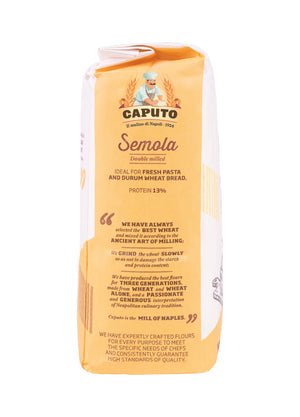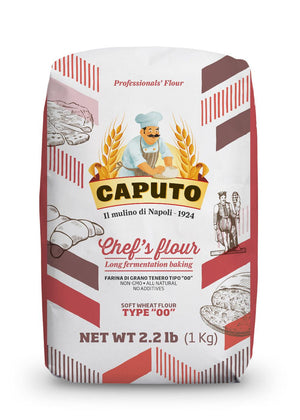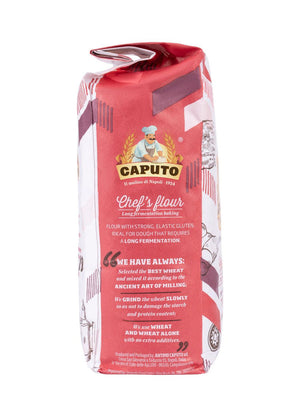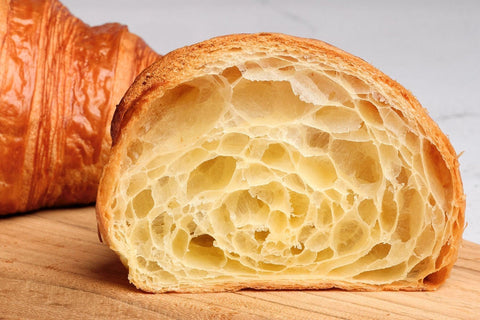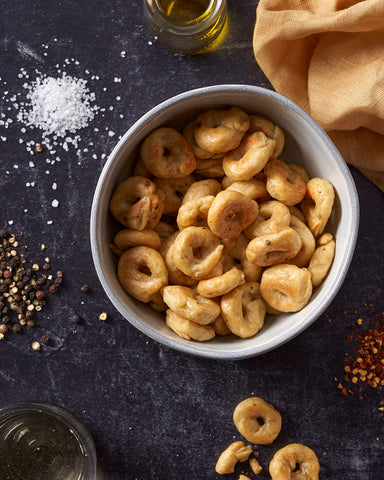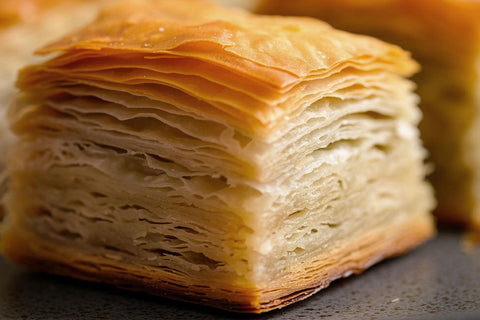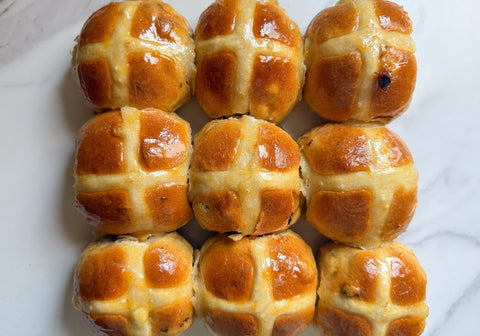
NY-Style Bagels
Make authentic, chewy NY-Style bagels at home with Caputo 00 Flour! This step-by-step recipe guides you from mixing to baking for perfect results.
- Yield: 6 bagels
- Prep Time: 26 hr
- Cook Time: 25 min

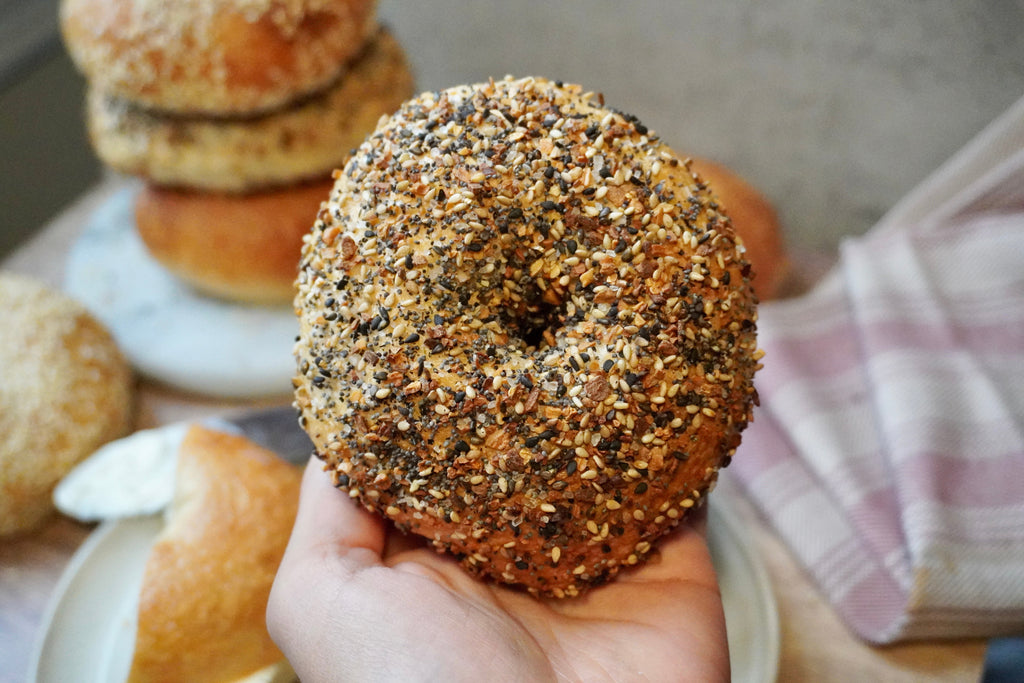
Ingredients
Bagel Dough
1 and ½ Teaspoons (9g) Sea Salt
1 and ¼ Tablespoon (27g) Barley Malt Syrup or Honey
1 Cup minus 1 Tablespoon (228ml) Water
Boiling Water
12 Cups (2839 ml) Water
4 Tablespoons (24g) Sea Salt
1 and ¼ Tablespoon (27g) Barley Malt Syrup or Honey
Instructions
Mix the Dough
- Measure the water and ensure its temperature is approximately 59°F (15°C). Dissolve the yeast and malt into the water.
- In the bowl of a stand mixer, add Caputo “00” Chef’s Flour, Caputo Lievito Dry Yeast (or instant yeast), barley malt syrup, sea salt, and the prepared water.
- Mix on speed one for 7 minutes, until the ingredients are fully combined. Then increase to speed two and mix for an additional 6–8 minutes, until the dough is very smooth. The dough should form a tight ball and cling to the dough hook. Stop the mixer and push the dough to the bottom of the bowl as needed (about once per minute on speed two).
- The final dough temperature should be between 75–80°F (24–27°C). Remove the bowl from the mixer, cover with an airtight lid or plastic wrap, and let rest at room temperature for 90–120 minutes.
Note: Bagel dough is stiff and requires thorough mixing. Proper gluten development improves the volume and appearance of the bagels.
Divide and Shape
- Remove the dough from the mixing bowl and place it onto a clean work surface.
- Using a scale and a bench knife, divide the dough into 120g pieces. Pre-form each piece into a tight round, cover with plastic, and let rest for 30 minutes.
- After resting, gently poke a hole in the center of each dough ball and gradually stretch it until the hole is about one-third the diameter of the bagel.
- Alternatively, roll each piece of dough into a 6-inch strand and pinch the ends together to form a ring.
- Prepare a sheet pan by sprinkling Caputo Semola Flour evenly over the surface.
- Place the shaped bagels evenly spaced on the sheet pan, cover loosely with plastic wrap, and allow enough room for them to rise by approximately 25%.
Overnight Fermentation
- Place the covered sheet pan of bagels in the refrigerator to ferment overnight (12–24 hours).
Note: Long, cold fermentation—common in "NY-style bagels"—enhances the texture and flavor of the finished bagels.
Boil
- Before boiling, preheat the oven to 425°F (218°C).
- In a large sauté pan or pot (large enough to hold at least 3 bagels at a time), combine water, sea salt, and malt syrup. Bring to a boil.
- Boil the bagels for 30–45 seconds on one side, then flip and boil for another 30–45 seconds.
- A longer boil creates a chewier crust.
- Transfer the boiled bagels to a cooling rack and let them drain for 5–10 minutes.
- Sprinkle with your favorite toppings—we love everything bagel seasoning, sesame seeds, or keeping them plain.
- Place the topped or plain bagels evenly spaced on a parchment-lined sheet pan.
Bake
- Ensure the oven is fully preheated to 425°F (218°C).
- Place the sheet pan in the center of the oven and bake for 20–25 minutes, depending on your preferred color and texture.
- Let cool to room temperature, then enjoy with your favorite schmear and toppings!

